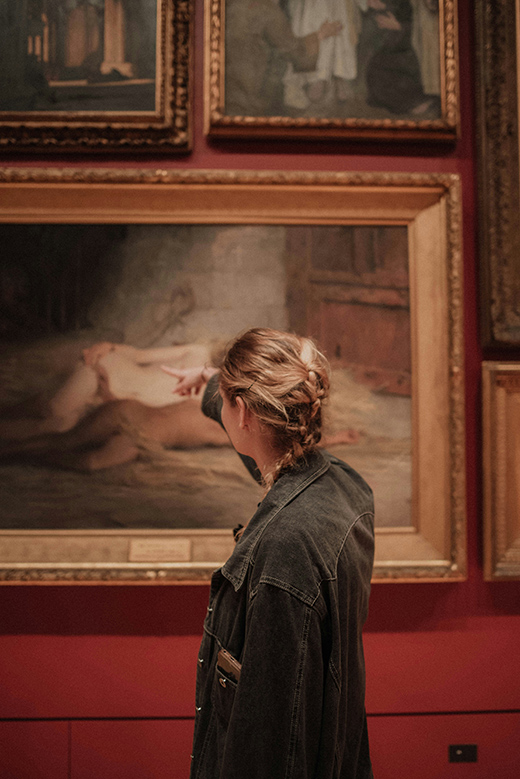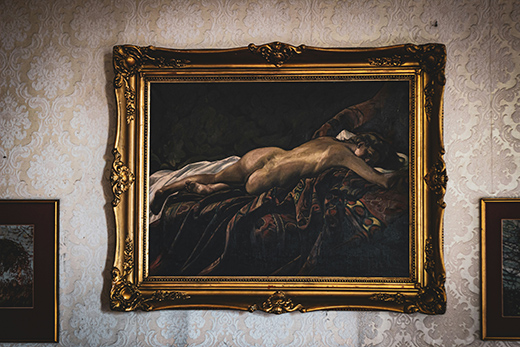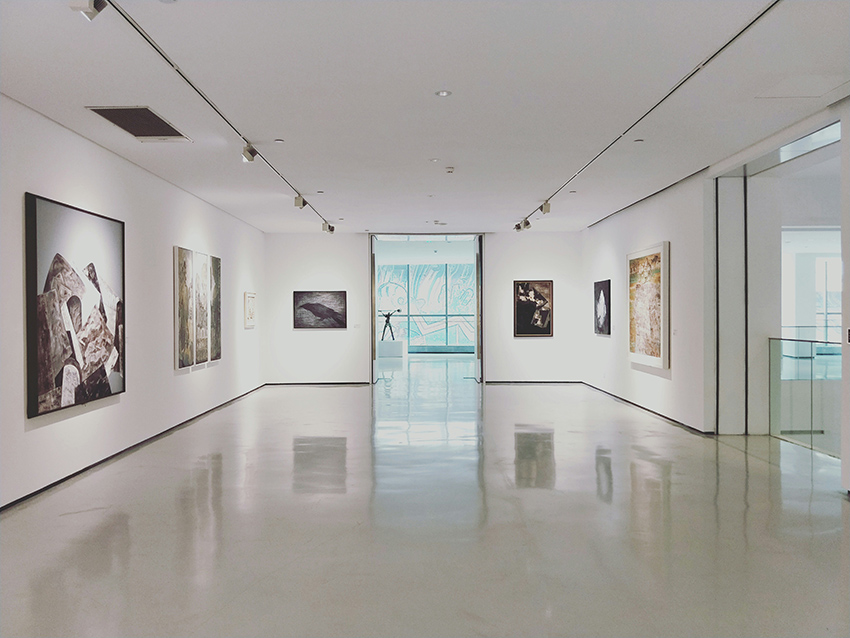By Abhya Adlakha
In a world where traditional investments can sometimes feel predictable, art can offer a canvas of exciting possibilities. From Picasso to Pollock, Warhol to Banksy, the art market has long been a playground for the ultra-wealthy. But today, as the global art market approaches a staggering $70 billion, a new wave of investors is diving into this world of alternative investments.
Art offers a unique opportunity to diversify your portfolio. Unlike stocks, which can rollercoaster with economic fluctuations, art values tend to remain relatively stable. In fact, during the tumultuous year of 2020, when many traditional assets were experiencing extreme volatility, sharp declines, and generally poor performance, art values held steady, proving their resilience in the face of global upheaval.
The art market has been painting some impressive financial pictures in recent years. According to some estimates, returns in the art world have outpaced bonds, and blue-chip art has even outperformed the S&P 500 by a whopping 180% in recent decades.
But like any masterpiece, investing in art requires a discerning eye, a steady hand, and perhaps a dash of daring. Investing in art is more a marathon than a sprint. The real value often emerges over time, like a slowly developing Polaroid picture. As the lines between art and investment blur, more people are asking themselves: Is it time to trade in their stocks for a Stradivarius?
This article explores the potential rewards and the risks of investing in art and will help uncover whether you should be diversifying your financial future with art.

Caution and Strategy
Of course, like any masterpiece, art investment has its imperfections. One of the biggest challenges is liquidity – or rather, the lack thereof. Unlike stocks that you can sell with a click, art isn’t easily converted to cash.
There’s also the subjective nature of art valuation. While financial assets have clear metrics, art value can be as abstract as a Kandinsky painting. Factors like the artist’s reputation, market trends, and even subjective taste all play a role in determining an artwork’s worth.
Moreover, there are costs associated with art ownership. From storage and insurance to restoration and authentication, maintaining an art collection can be expensive.
So, how does one begin their journey into the world of art investment? Here’s a starter kit.
Firstly, it’s important to educate yourself. Before you start throwing money at canvases, immerse yourself in the art world. Visit galleries, attend auctions, and read a lot of art publications. Developing an “eye” for art is crucial before you delve into the world. Also, you want to start small. You don’t need to drop millions on a Monet to get started. Consider limited edition prints or works by emerging artists. Platforms like Masterworks even allow you to buy fractional shares in major artworks.
Secondly, it’s important to buy what you love. While profit is important, remember that you might be living with this piece for years. Choose art that speaks to you personally. Focus on diversifying your collection as well — don’t make the mistake of putting all your eggs in one artistic basket. Mix different styles, periods, and mediums to spread your risk.
Thirdly, don’t be afraid to seek expert advice. Art advisors can provide valuable insights into market trends and help you navigate the often opaque art world. And lastly, always consider the long game! Art investment typically requires patience. Think in terms of years or even decades rather than quick flips.
The Profit Picture
So, how does one actually make money from art? There are several strategies that one can execute here.
The classic strategy of “buy low, sell high” applies here too — look for undervalued artists or emerging talents with growth potential. This approach requires a keen eye and some risk-taking, but it can yield significant returns if you spot the next big artist before they hit the mainstream.
Riding the trend wave can also be profitable; keep an eye on market trends, as contemporary art has seen significant appreciation in recent years. This might involve investing in popular styles or mediums, or artists from regions experiencing a surge in the global art scene. However, remember that trends can be fickle, so timing is crucial.
For those seeking stability, blue-chip investing in works by established, famous artists tends to hold value well and appreciate over time. These pieces, often by household names like Picasso or Warhol, are considered safer bets but come with hefty price tags and potentially lower growth rates.
If you prefer a more hands-off approach, consider investing in art funds managed by professionals. These funds pool money from multiple investors to purchase a diversified portfolio of artworks, offering expertise and spreading risk. However, they often require significant minimum investments and charge management fees.
Lastly, for those wanting to dip their toes without diving in fully, platforms like Masterworks offer fractional ownership, allowing you to own a piece of high-value artwork without the full financial commitment. This democratizes art investment, making it accessible to a broader range of investors, but it may limit your control over investment decisions.
Each of these strategies offers a unique way to potentially profit from the art market, catering to different risk appetites and investment styles.

Art Investment: The New Faces
Gone are the days when art investment was the exclusive domain of monocle-wearing billionaires. Today’s art investors are a diverse bunch, with millennials and Gen Z leading the charge. In fact, in 2020, millennials were the highest spenders in the art market, with a median expenditure of $228,000.
This new generation of collectors is reshaping the art market. They’re more likely to buy online, more interested in contemporary and digital art, and more willing to share their purchases on social media.
However, as with any investment, art comes with its risks and rewards. It’s not a get-rich-quick scheme, but rather a long-term strategy that requires patience, knowledge, and a genuine appreciation for creativity.












